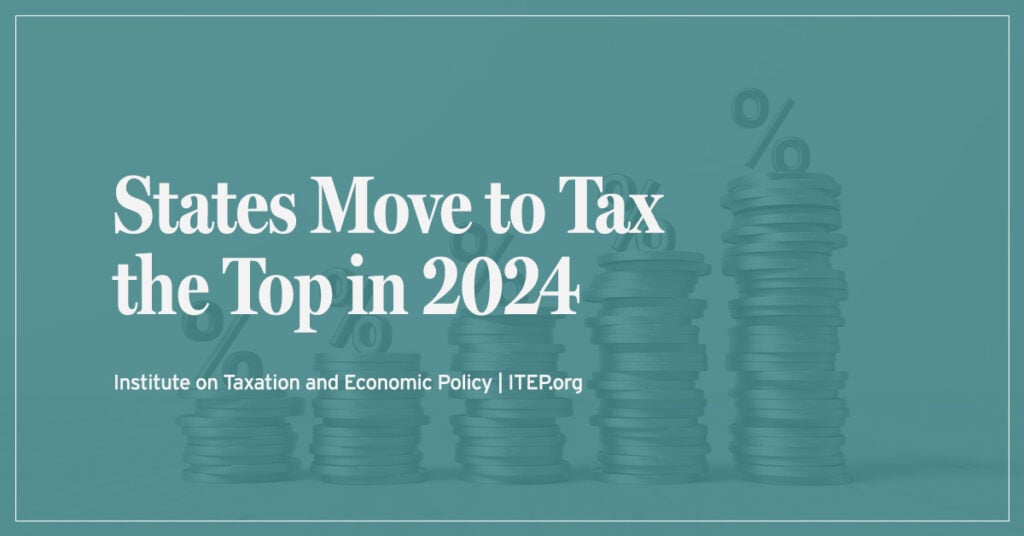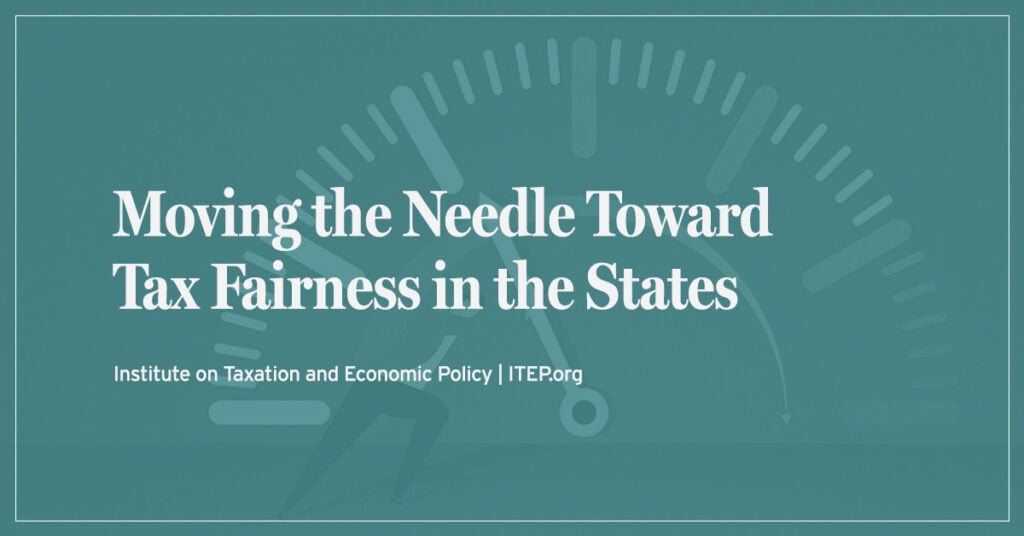This op-ed originally appeared in the Albuquerque Journal.
When you ask people what they think a fair tax code looks like, almost nobody says we should have the richest pay the lowest tax rates. And yet when we look around the country, the vast majority of states have tax systems that do just that.
Not long ago, New Mexico was one of those states. But recent tax reforms have helped to bring greater balance to the state’s tax code. According to my organization’s new in-depth look at taxes in all 50 states, New Mexico is an emerging leader in this respect, though there’s still plenty of room for improvement.
Our comprehensive “Who Pays?” study looks at how state and local taxes are impacting families at every income level. What we typically see is that state taxes are regressive, meaning the more you make, the less you pay. People often refer to this as an upside-down tax code because it’s the polar opposite of the kind of progressive taxation that a broad swath of New Mexicans support.
Our Tax Inequality Index measures whether the tax code reflects families’ ability to pay. By this measure, New Mexico since 2018 has risen to have the ninth least regressive tax code in the nation, up from 27th, thanks to several progressive tax changes. Those include a new child tax credit that benefits young families, a larger earned income tax credit for low-wage workers, a cut to the Gross Receipts Tax rate charged on the things New Mexicans buy every day, and a higher top income tax rate on the state’s wealthiest families.
New Mexico’s recent reforms are a stark contrast to what’s unfolded next door in Arizona. Lawmakers there have prioritized tax cuts for the state’s wealthiest families and have done comparatively little for everyone else. The result has been to steepen the regressive tilt that already existed in Arizona’s tax code. Arizona lost 14 spots in our ranking over the last few years and now has the 13th most regressive tax code in the nation.
New Mexico has made tremendous progress and should be commended for prioritizing low- and middle-income families in recent tax packages. But there is more work to be done.
Top earners in New Mexico still pay a lower overall tax rate, at 8.1% of income, than the middle class, who often pay upwards of 11%. In other words, New Mexico’s tax code still tilts in a regressive direction at the top of the income scale.
Part of the reason for this disparity is that New Mexico offers a relatively unusual tax preference for capital gains income. Capital gains are the profits people receive when they sell stocks, bonds, real estate, antiques or other assets. This income primarily flows to the wealthy, and more than half of New Mexico’s capital gains tax deduction goes to people with incomes over $1 million. The state has taken some partial steps to rein in this deduction, but eliminating it outright is the only way to achieve parity with how the state already taxes salaries and wages.
Other policies that could move the needle in New Mexico include modernizing the state’s income tax brackets, paring back itemized deductions, taxing large estates or inheritances, cracking down on corporate income tax avoidance, and moving toward more widespread taxation of high-value home sales, along the lines of what Santa Fe voters approved late last year.
One of the clearest takeaways of our research is that regressive taxation is not inevitable. It’s a policy choice. New Mexico lawmakers should be commended for making many wise choices in recent years and we are eager to see them build on this strong foundation.





